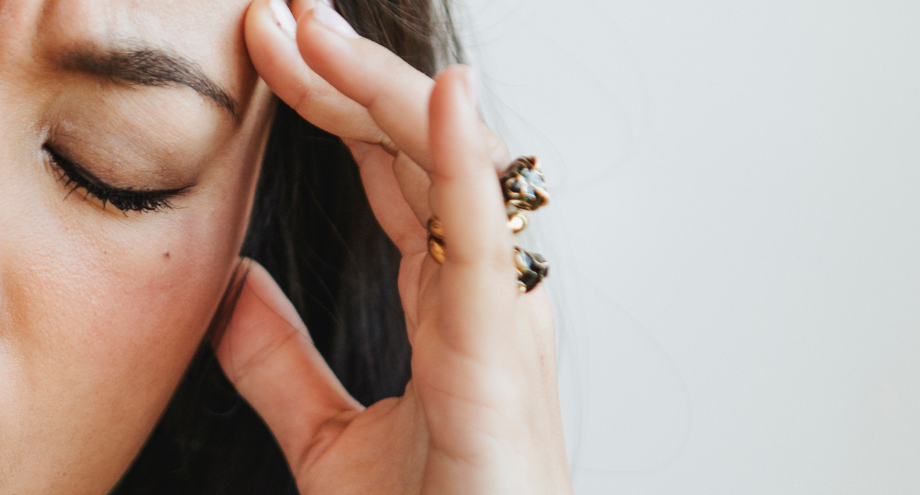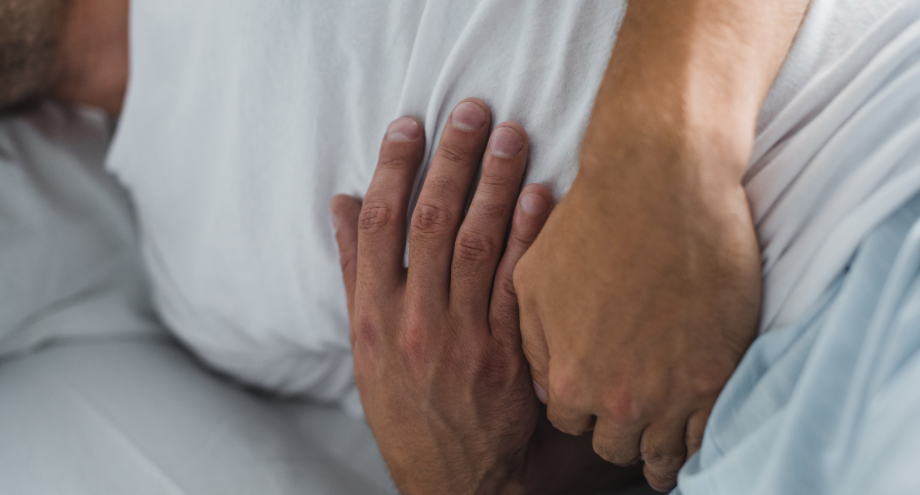The authors of the academic text Interaction between posture and maxillomandibular deformity: a systematic review: a systematic review, published in the International Journal of Oral and Maxillofacial Surgery, reviewed the existing literature on the correlation between posture and maxillomandibular deformities and conducted an in-depth investigation of the issue.
Causes and types of maxillomandibular deformities
Maxillomandibular deformities (MMD) are the result of an incorrect relationship between the jaws, and in addition to producing malocclusion, they also include a wide variety of associated symptoms, such as alterations in oral function (masticatory or breathing), sleep apnoea, temporomandibular disorders, facial asymmetry, tongue dysfunction or headaches and pain in the oral cavity.
Some of the most common malformations are prognathism, micro or macrogynia, retrognathia or laterogynia. Most of these maxillomandibular deformities are caused by alterations in the growth of the facial skeleton and can be treated with orthodontics; however, there is a small percentage of patients (about 2 %) who require a more comprehensive treatment combining orthodontics with orthognathic surgery.
Postural dysfunction is the inability to maintain, achieve or restore balance in any posture or during any motor activity, and some research suggests that maxillomandibular deformities and body posture may be related.
Research and results of the study on the correlation between body posture and maxillomandibular deformities
The authors of this literature review, conducted through Medline, Scopus, Cochrane Library and Web of Science, and registered in the PROSPERO database, analysed whether the correlation between posture and maxillomandibular deformities does indeed exist.
The following results were obtained from the clinical studies conducted:
- Nine of them revealed a significant association between MMD and body posture.
- Two studies showed a correlation between increased cervical lordosis and class III MMD.
- Two others showed a correlation between mandibular deviation and scoliosis.
- Four studies showed a significant association between lumbar spine and pelvic anatomy and MMD.
- One study found a correlation between centre of gravity shift and MMD.
Therefore, it can be concluded that, although the level of evidence in the studies included in this review is low and the methods used to assess body posture and MMD are inconsistent, there is some correlation between the two, but more good quality clinical studies are needed to certify it and to understand the mechanisms involved.




